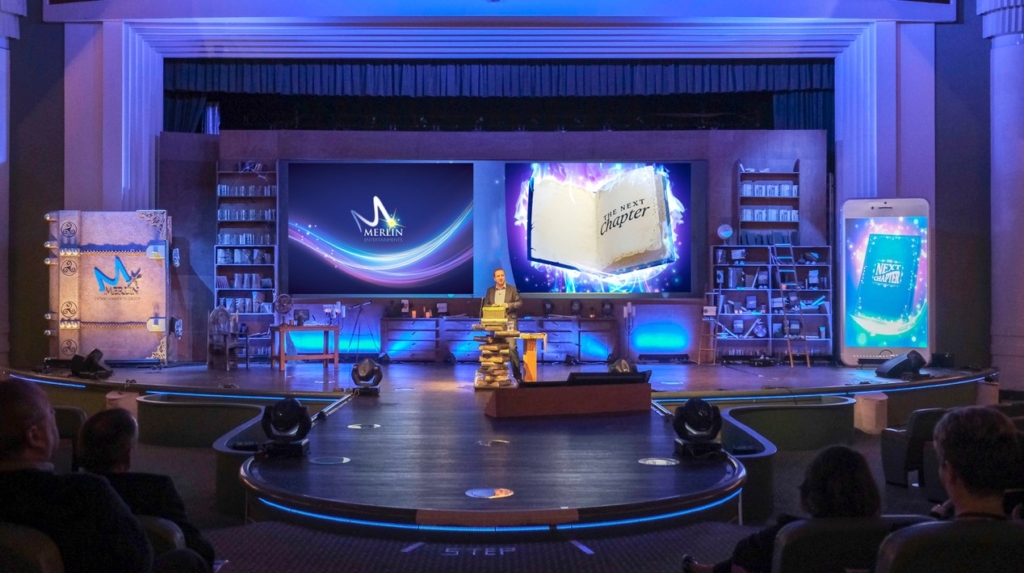Essential Strategies for Enhancing the Lifespan of Your Light Emitting Diode Wall
Wiki Article
LED walls are growing increasingly widely used for multiple applications, from advertising to entertainment. To ensure that these screens operate efficiently over the years, it is essential to implement strategies that extend their lifespan. Comprehending the elements that influence the longevity of LED screens can help users sustain their functionality and avoid unneeded replacements.
One of the primary elements that can prolong the durability of an Light Emitting Diode wall is appropriate setup. It is crucial to have a professional team handle the installation procedure to ensure all components are properly attached. Inadequate installation can result in electrical issues or mechanical damage. Additionally, the location of the LED wall should take into account surrounding factors such as sunlight exposure and moisture levels. A properly set up screen in a proper location will reduce the risk of damage caused by outside elements.

Routine maintenance is a further crucial strategy to prolong the life of an LED screen. This entails routine inspections to check for any indicators of deterioration or failure. Dirt and dirt can accumulate on the top of the LED panels, affecting luminosity and hue quality. Wiping the screens with appropriate materials will assist keep ideal clarity. It is also essential to monitor more helpful info the components behind the screen, ensuring that all connections are tight and that there are no overheating issues, which can greatly reduce the durability of the parts.
Power management plays a vital role in enhancing the lifespan of an LED screen. Over-voltage or fluctuating electricity supply can harm the inner circuitry. To avoid this, using a reliable electric supply and implementing surge protection measures is advisable. Additionally, setting the display to operate at lower brightness levels when high brightness is not necessary can reduce stress on the lights. This not only prolongs the durability of the screen but also saves power, making it a economical option.
In addition, program control can affect the performance of Light Emitting Diode walls. Consistently refreshing the program that controls the display ensures that it operates efficiently and incorporates any necessary security patches. Outdated software can lead to performance issues and may put the setup to risks. Proper timing of programming can also assist with overseeing the demand of the screen, permitting it to idle during off-peak hours, which can aid to a greater durability.
In conclusion, maximizing the durability of an Light Emitting Diode wall involves a mix of appropriate installation, routine maintenance, efficient power management, and diligent program management. By focusing on these essential tactics, operators can ensure that their Light Emitting Diode screens remain operational and aesthetically appealing for many seasons. Implementing proactive measures will not only improve the performance of the Light Emitting Diode wall but also provide a greater return on investment over the years.